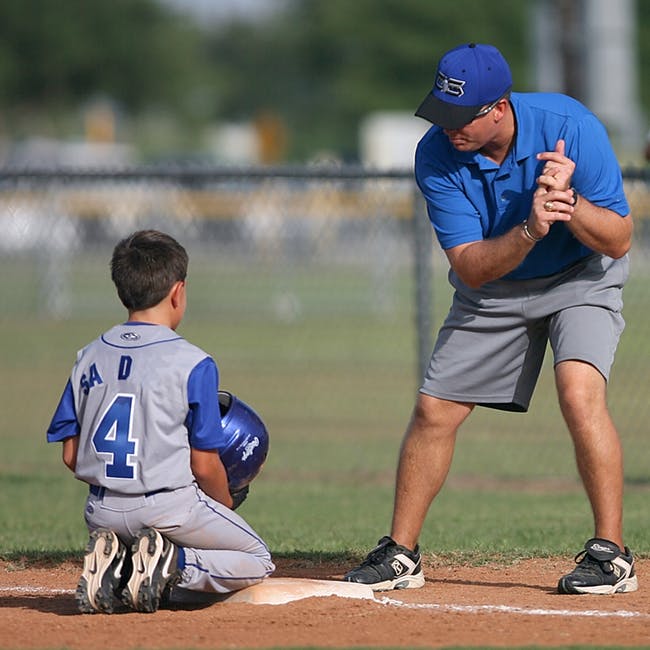Bodybuilders and Olympic lifters have very different ways of approaching the volume of their training. Bodybuilders are used to thinking that they need to train to failure (or close to it) in order to maximize the gains in muscle mass from training. Olympic lifters are focused on the speed of their movements and on technique, so training to failure is a negative for them because of how that level of fatigue negatively impacts velocity and technique.
The question is, which is a better approach for the training of athletes? Pareja-Blanco et al tackle some of this in an article in the Scandinavian Journal of Medicine and Science in Sports. They take a novel approach to this debate and look at the velocity with which exercises are performed. They do this because fatigue would cause repetitions to be performed more slowly as the athlete becomes more fatigued. Pareja-Blanco et al call this velocity loss. In their study, subjects were divided into two groups. Both groups trained twice a week on the back squat exercise (using the Smith Machine). Both groups trained with three sets on the squat (this was the only exercise performed) and the training intensity ranged from approximately 70% at the beginning of the study to approximately 85% of 1-RM by the end of the study’s eight weeks.
The difference between the two groups dealt with the velocity loss. The first group was allowed to lose 20% of the lifting velocity, when that value was exceeded then the set was terminated. The second group was allowed to lose 40% of the lifting velocity, when that value was exceeded then the set was terminated.
Results:
- The 40% group performed almost 68% more repetitions during the study than the 20% group.
- The 20% group increased their 1-RM squat by close to 20%, the 40% group by almost 14%.
- Counter-movement jump height increased by almost 10% in the 20% group, it was unchanged in the 40% group.
- Quadriceps femoris volume increased by a little over 5% for both groups.
- Vastus lateralis volume increased more for the 40% group.
- The percentage of type IIX fibers deceased in the 40% group and was unchanged in the 20% group.
So let me first paraphrase and summarize the results. The 40% group trained closer to failure and therefore had a higher volume of training. Both groups increased their 1-RM on the squat, though the 20% group was greater. The 20% group also had an improvement in vertical jump whereas the 40% group did not. The 40% group saw a greater increase in muscle size than the 20% group, but they also lost some of their fastest muscle fibers (which might have something to do with the strength and vertical jump changes).
Before we go any further and draw sweeping conclusions, let’s go back and take another look at the study. First, there were 24 college-aged subjects with a number of years of resistance training experience. The mean 1-RM on the squat was around 140% of body weight. Second, subjects only performed the squat exercise, twice a week, for eight weeks. Third, both groups lifted the same percentage of 1-RM in the study, which means that the changes that were seen were a result of the volume of the training.
Take home messages with this study; there may be something to the larger volume that bodybuilders typically train with for increasing muscle size. However, there may also be a trade-off from this resulting in losing some of those fast-twitch muscle fibers and the strength/explosiveness that we need for athletics.
Pareja-Blanco, F., Rodriguez-Rosell, D., Sanchez-Medina, L., sanchis-Moysi, J., Dorado, C., Mora-Custodio, R., Yanez-Garcia, J.M., Morales-Alamo, D., Perez-Suarez, I., Calbet, J.A.L., and Gonzalez-Badillo, J.J. (2017). Effects of velocity loss during resistance training on athletic performance, strength gains and muscle adaptations. Scandinavian Journal of Medicine & Science in Sports, 27: 724-735.



